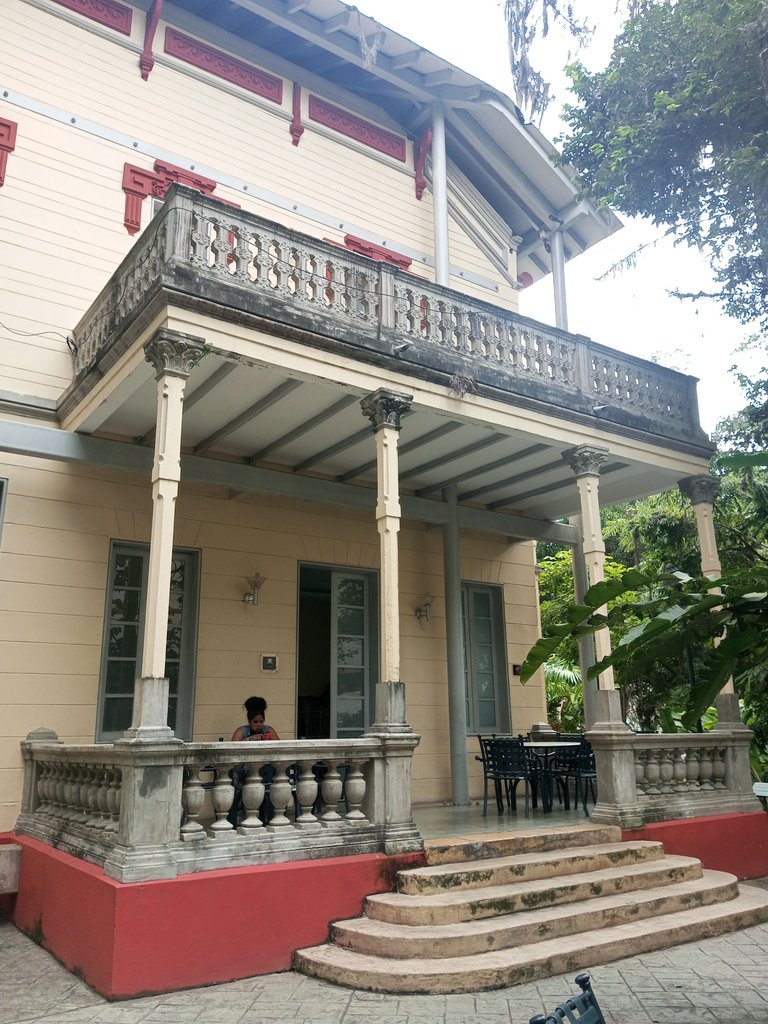
After years of curiosity, I finally had the opportunity to visit the Villa Teola Cultural Center in Los Teques. Although this space has been open for several years, this was my first visit.
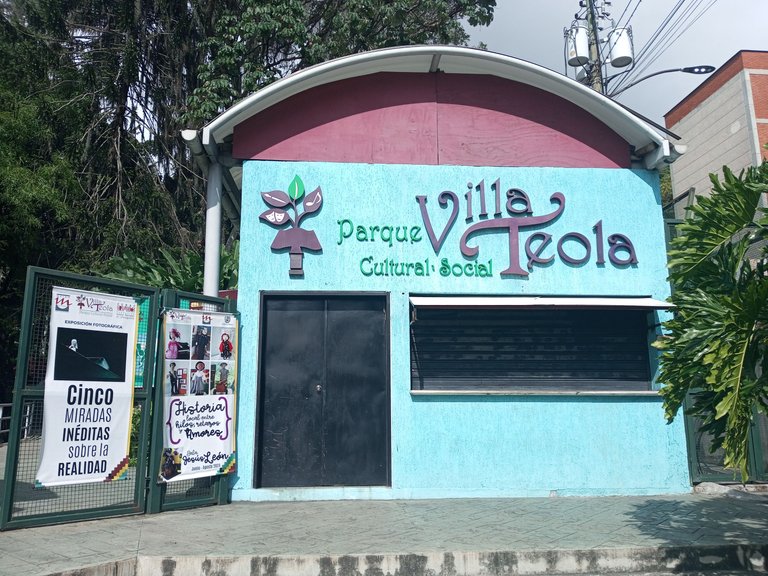
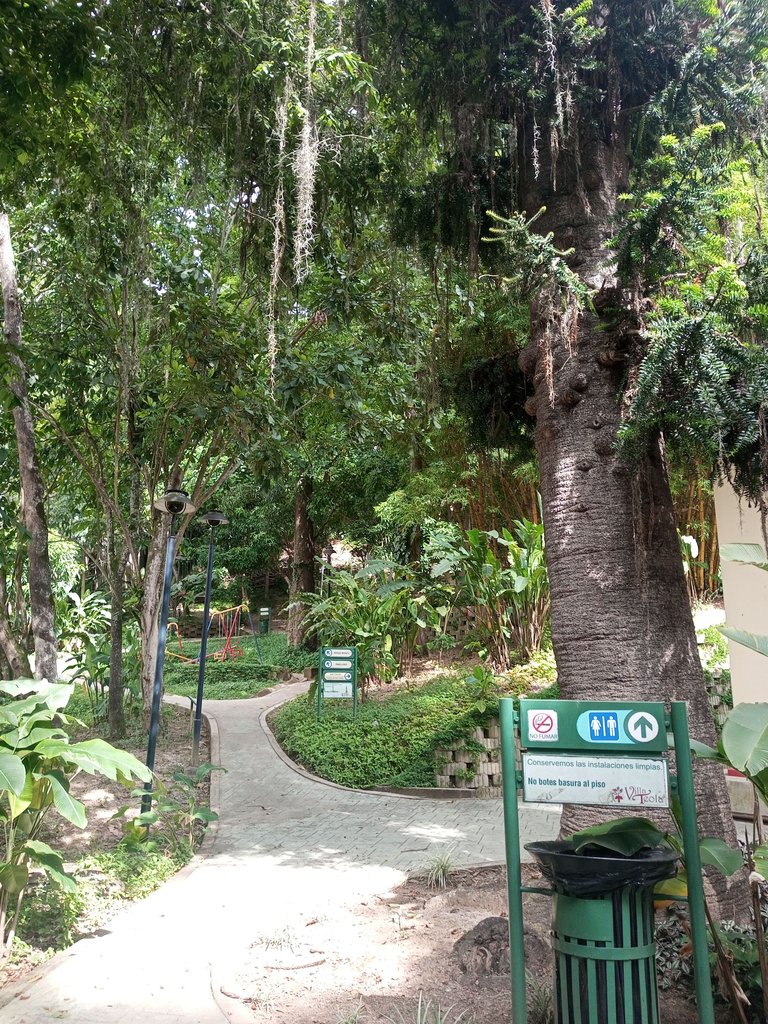
The history of this building dates back to the early 20th century, which means that the original structure is over a hundred years old. Its past is closely linked to a prominent figure in Venezuelan history: Juan Vicente Gómez, the last warlord who ruled Venezuela during the early decades of the last century.
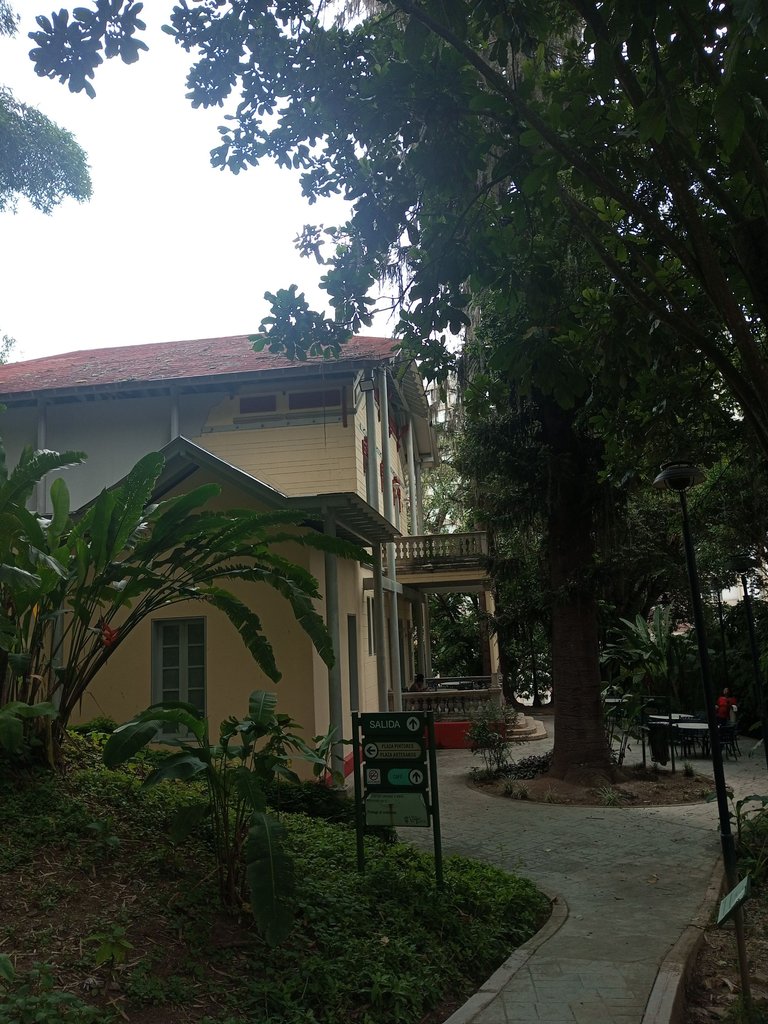
Juan Vicente Gómez, originally from the Andean region, found an echo of his homeland in the mountainous climate of Los Altos Mirandinos. According to chronicles, he ordered the construction of this villa to serve as a residence for his mother in the central region of the country.
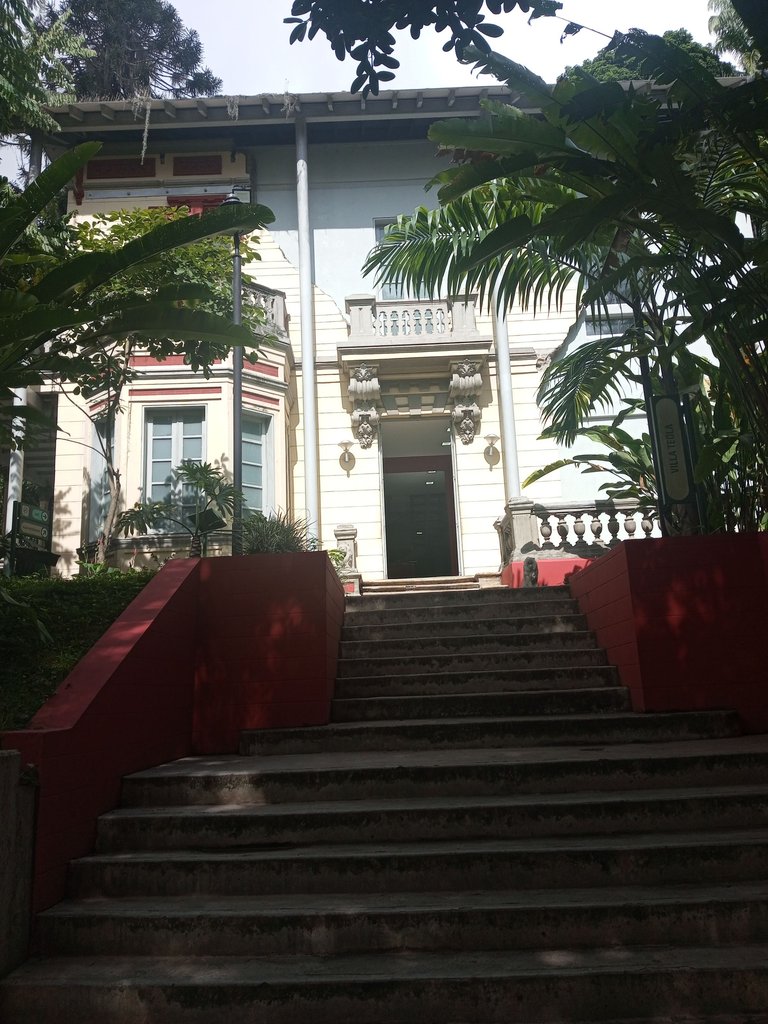
With the decline of Gómez's political power, Villa Teola fell into a prolonged period of neglect. The once-majestic residence became a ruin enveloped in wild vegetation, feeding the local imagination with mysteries and urban legends. This was the version of Villa Teola that I knew in my childhood: an enigmatic place that sparked curiosity.
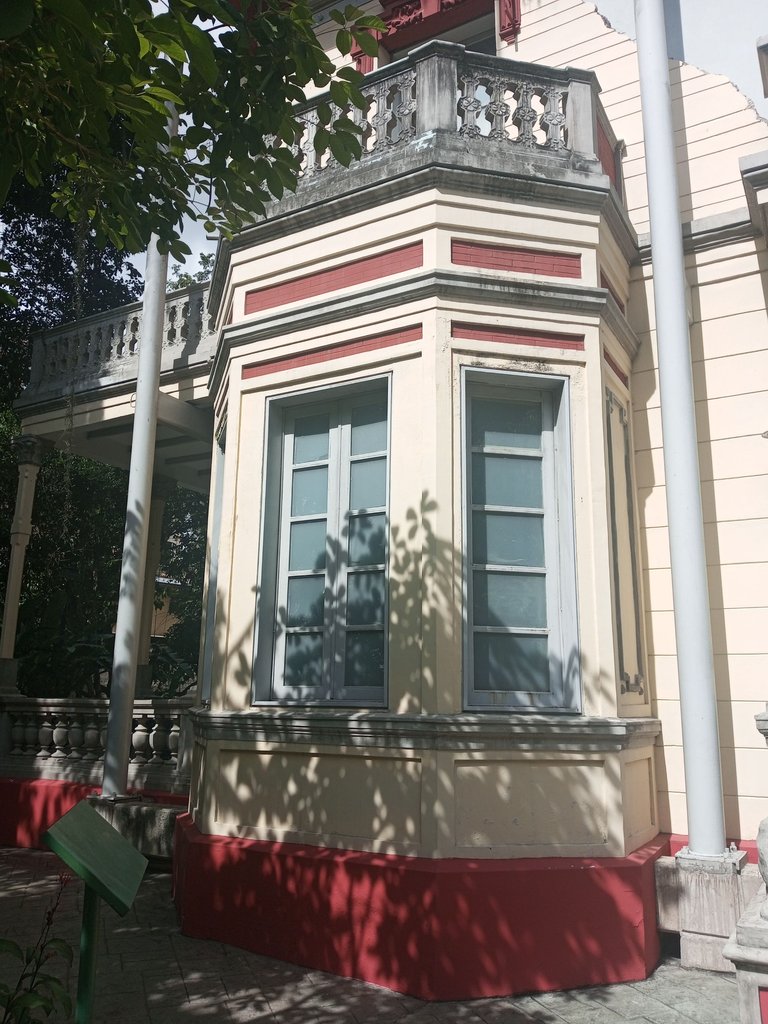
When I learned about the plans for its restoration and conversion into a Cultural Center, I felt a mix of joy and relief.
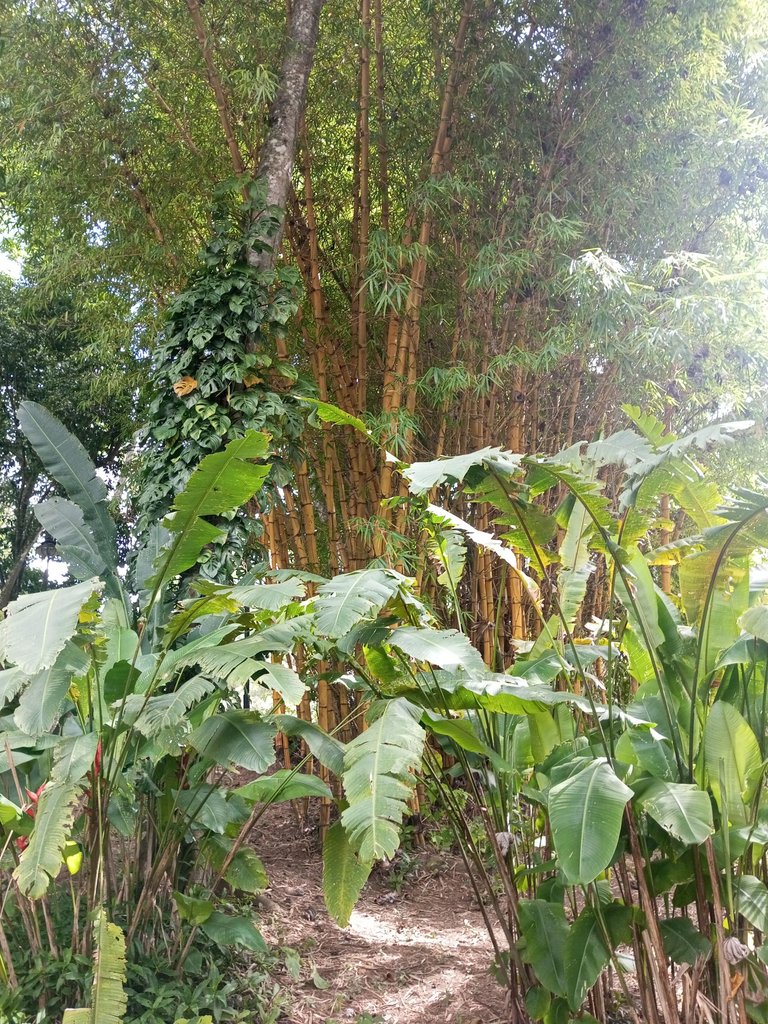
This decision not only restored part of an important architectural heritage but also promised to provide the community with a space for cultural development.
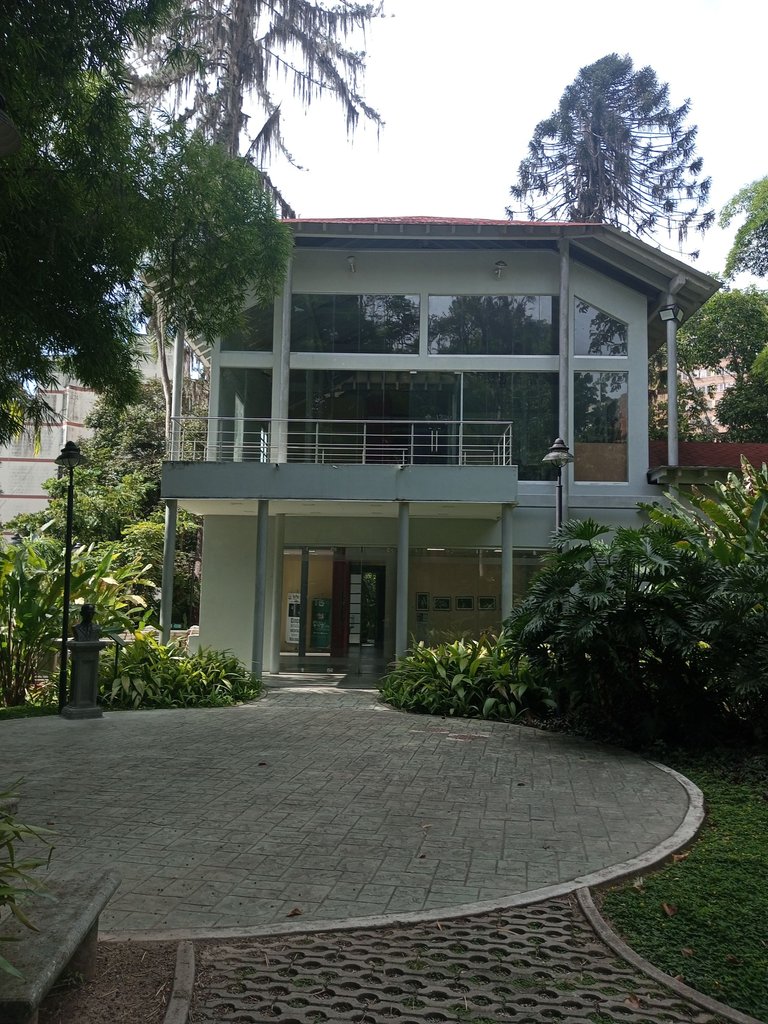
Walking through its gardens, I could see the preservation of its botanical wealth, which houses a diversity of both local and exotic plants.
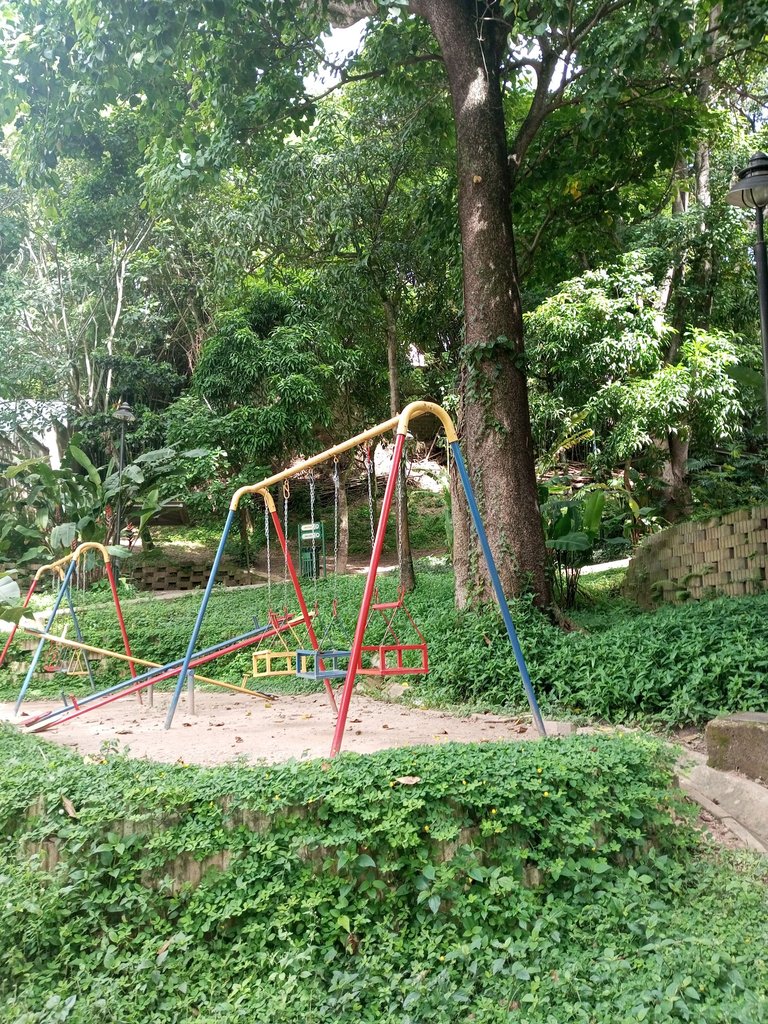
The restoration has managed to maintain the predominant green spaces, creating a natural freshness characteristic of the surrounding mountains.
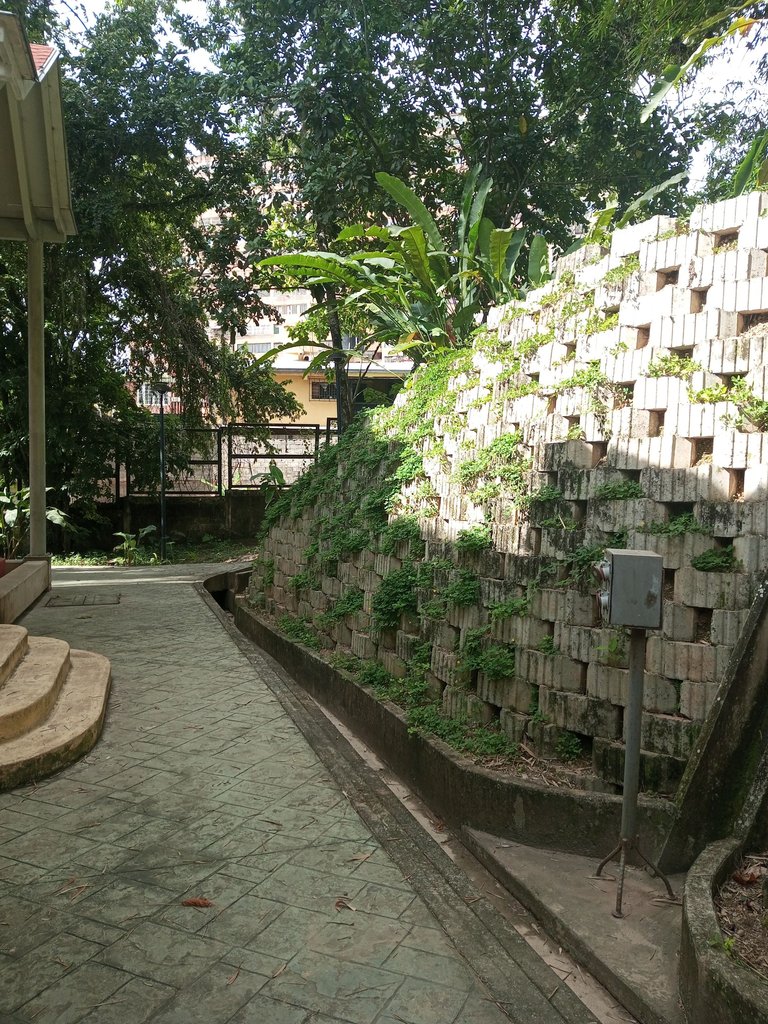
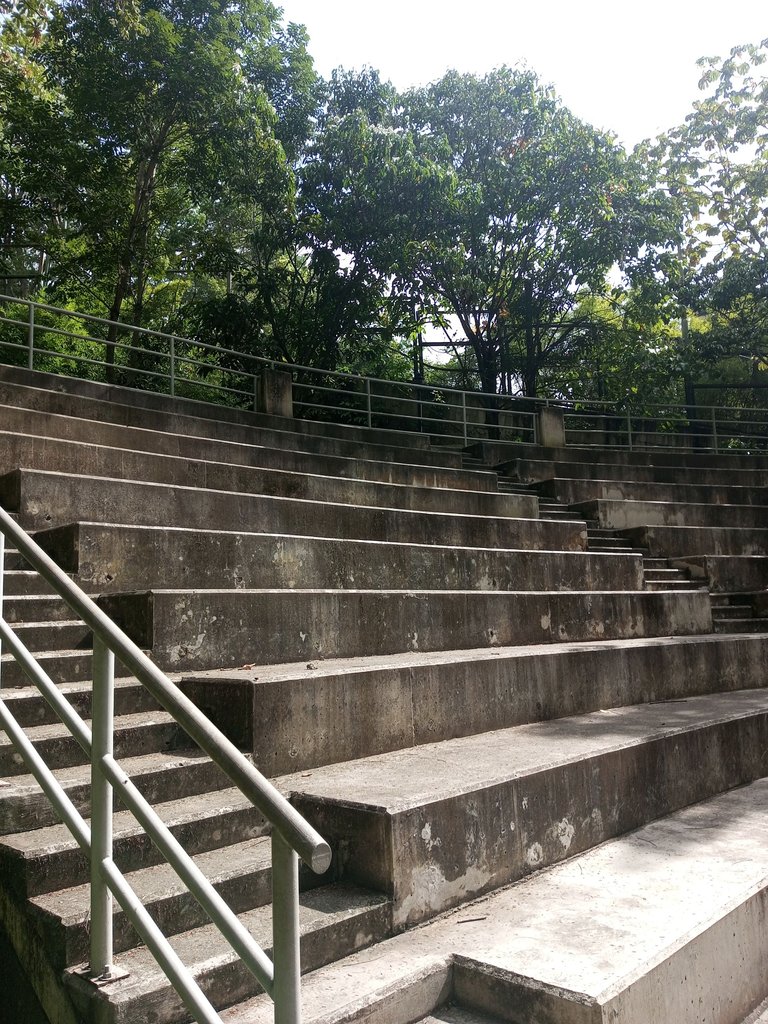
The restoration project, although it had to reconstruct much of the building, has achieved a balance between historical preservation and modern functionality.
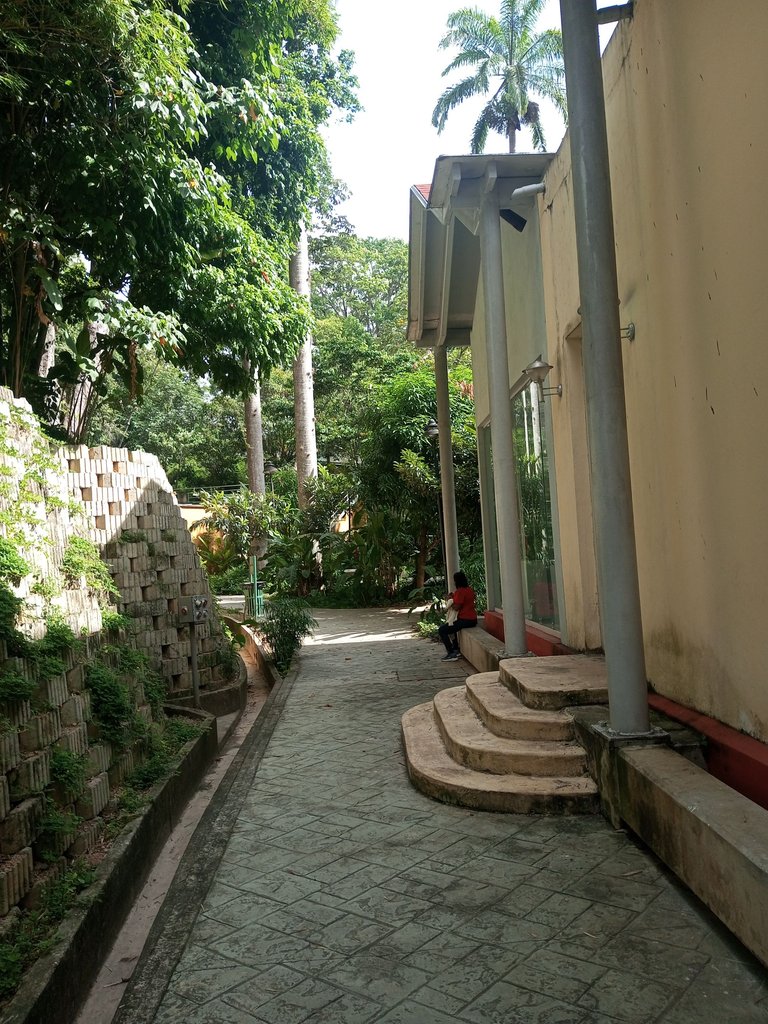
It features an amphitheater for outdoor performances, two exhibition halls that host displays of local art, and a library.
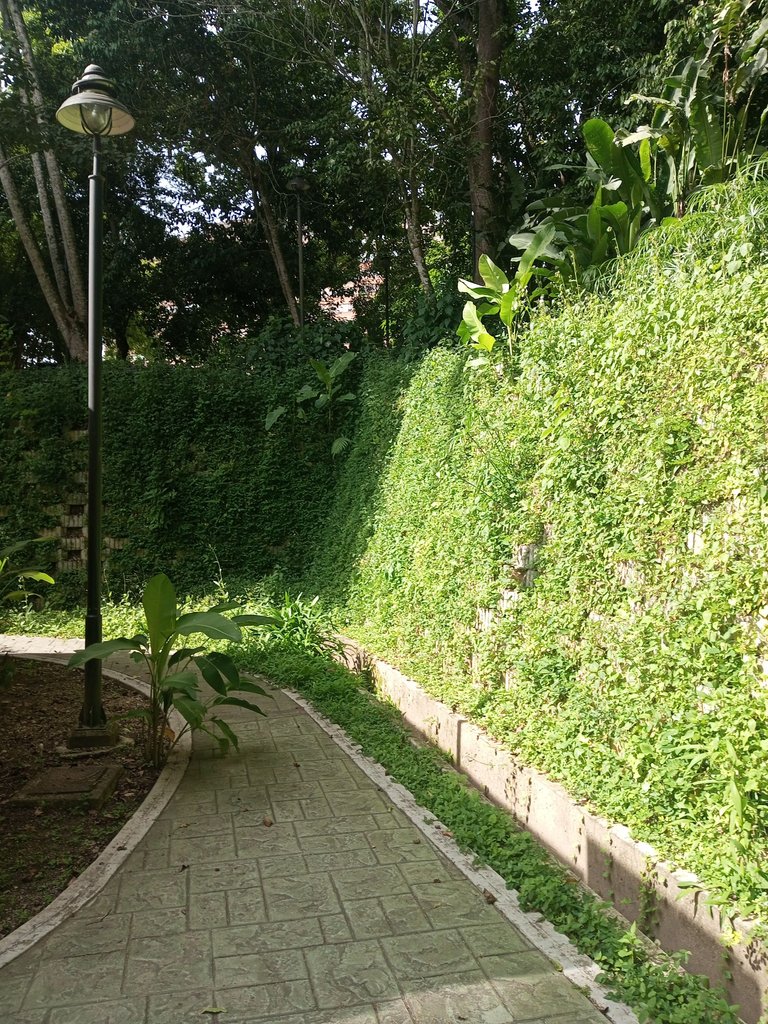
Additionally, there is a café and a children's play area, combining a versatile space that bridges heritage and current needs.
Español
Villa Teola
Después de años de curiosidad, finalmente tuve la oportunidad de visitar el Centro Cultural Villa Teola en Los Teques. Aunque este espacio lleva varios años inaugurado, esta fue mi primera visita.
La historia de esta edificación se remonta a los albores del siglo XX, lo que significa que la estructura original tiene más de cien años de antigüedad. Su pasado está íntimamente ligado a una figura prominente de la historia venezolana. Juan Vicente Gómez, el último caudillo que gobernó Venezuela durante las primeras décadas del siglo pasado.
Juan Vicente Gómez, oriundo de la región andina, encontraba en el clima montañoso de Los Altos Mirandinos un eco de su tierra natal. Según cuentan las crónicas, ordenó la construcción de esta villa para que sirviera como residencia de su propia madre, en la región central del país.
Con el declive del poder político de Gómez, Villa Teola cayó en un prolongado período de abandono. La otrora majestuosa residencia se convirtió en una ruina envuelta en vegetación silvestre, alimentando el imaginario local con misterios y leyendas urbanas. Esta fue la versión de Villa Teola que conocí en mi niñez: un lugar enigmático que despertaba la curiosidad.
Cuando me enteré de los planes para su restauración y conversión en un Centro Cultural, sentí una mezcla de alegría y alivio.
Esta decisión no solo restauraba parte de un importante patrimonio arquitectónico, sino que también prometía dotar a la comunidad de un espacio para el desarrollo cultural.
Caminando por sus jardines pude mirar la preservación de su riqueza botánica, que alberga una diversidad de plantas tanto locales como exóticas.
La restauración ha logrado mantener los predominantes espacios verdes, creando un frescor natural propio de las montañas circundantes.
El proyecto de restauración, aunque tuvo que reconstruir gran parte de la edificación, ha logrado un equilibrio entre la preservación histórica y la funcionalidad moderna.
Cuenta con un anfiteatro para presentaciones al aire libre, dos salas de exposiciones que albergan muestras de arte local y una biblioteca.
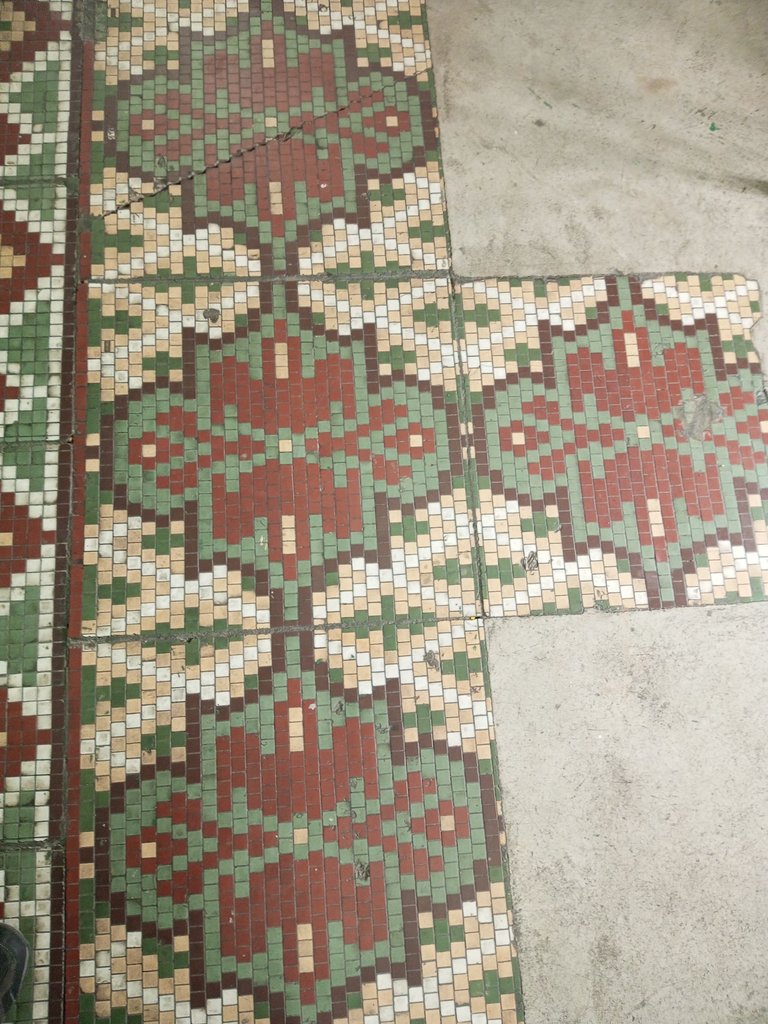
Además de un café y un área de juegos infantiles, que conjugan un espacio versátil entre lo patrimonial y las necesidades actuales.